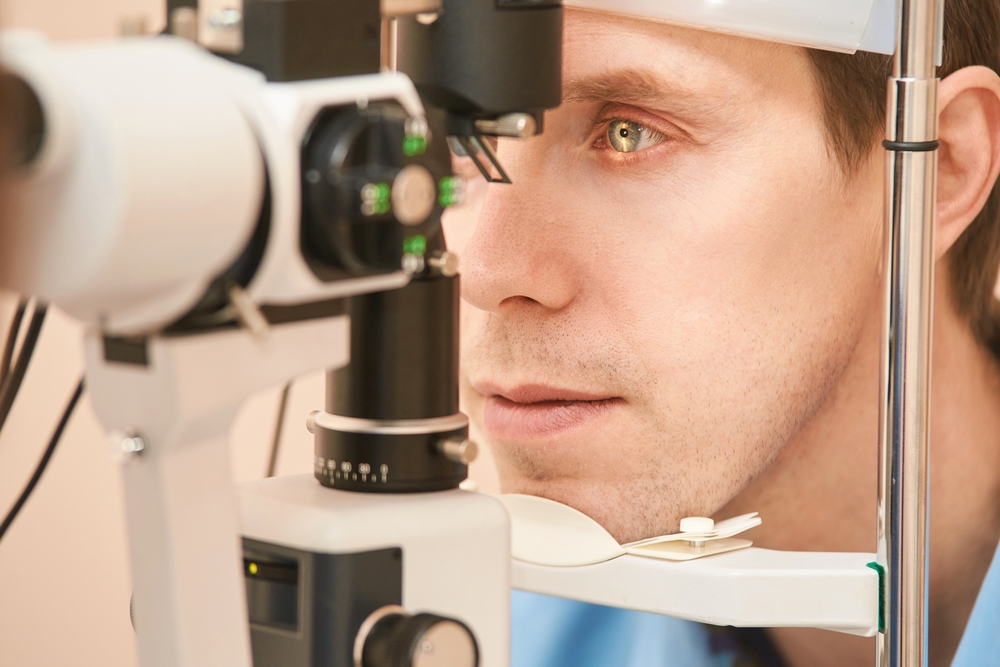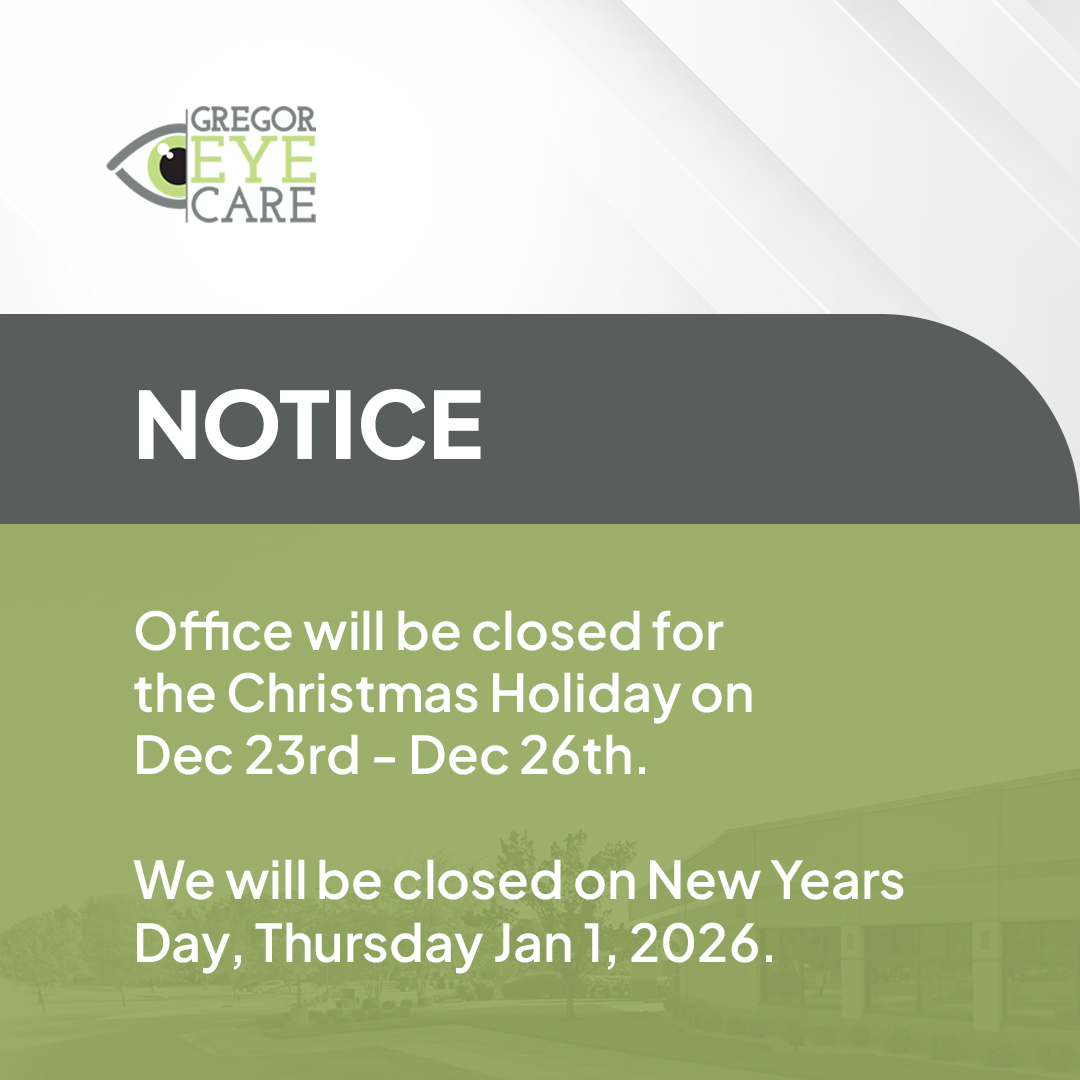
Glaucoma is a complex group of eye conditions that affect the optic nerve and can lead to vision loss if not detected and managed early. Often called the "silent thief of sight," glaucoma can progress without noticeable symptoms, making regular eye exams crucial for early detection. Two primary types of glaucoma—open-angle and angle-closure—differ in their causes, progression, and treatment methods.
What Is Glaucoma?
Glaucoma is a condition characterized by increased intraocular pressure (IOP) in the eye, which can damage the optic nerve over time. The optic nerve transmits visual information from your eye to your brain, and any damage to this nerve can lead to irreversible vision loss. Although high eye pressure is a common risk factor, glaucoma can sometimes develop even when eye pressure is within a normal range, which makes regular eye check-ups essential.
Open-Angle Glaucoma
Open-angle glaucoma is the most common form, accounting for roughly 90% of all cases. It occurs when the drainage angle formed by the cornea and iris remains open, but the trabecular meshwork—the drainage system within the eye—becomes partially blocked. This partial blockage restricts fluid outflow, gradually increasing pressure inside the eye.
In its early stages, open-angle glaucoma typically has no symptoms. Vision loss starts in the peripheral (side) vision, and the damage progresses slowly, which is why it often goes unnoticed. By the time vision changes are detected, irreversible damage may have already occurred.
Risk Factors:
Age (more common in individuals over 40)
Family history of glaucoma
High intraocular pressure
Certain health conditions like diabetes or hypertension
Prolonged use of corticosteroids
Open-angle glaucoma is often diagnosed during a routine eye exam, where an eye care professional will measure eye pressure, assess optic nerve health, and conduct a visual field test. Treatments typically focus on lowering intraocular pressure through prescription eye drops, oral medications, laser therapy, or minimally invasive surgeries.
Angle-Closure Glaucoma
Angle-closure glaucoma, also known as closed-angle glaucoma or narrow-angle glaucoma, is less common but more urgent. This type of glaucoma occurs when the drainage angle between the iris and cornea becomes blocked suddenly, leading to a rapid buildup of eye pressure. The blocked angle restricts fluid flow out of the eye entirely, resulting in a sudden spike in intraocular pressure that can cause severe damage to the optic nerve within hours.
Unlike open-angle glaucoma, angle-closure glaucoma has sudden and noticeable symptoms, which may include:
Severe eye pain
Blurred vision
Headache
Nausea or vomiting
Seeing halos around lights
Redness in the eye
If you experience any of these symptoms, it’s essential to seek immediate medical attention as angle-closure glaucoma is a true ocular emergency. Delayed treatment can lead to permanent vision loss.
Risk Factors:
Age (more common in individuals over 60)
Asian or Inuit descent
Family history of angle-closure glaucoma
Farsightedness
Thin corneas or smaller eyes
During an eye exam, your eye doctor will use specialized imaging techniques to assess the structure of your eye and the drainage angle. Angle-closure glaucoma is often treated with laser iridotomy, a procedure that creates a small hole in the iris to allow fluid drainage. Medications may also be used to reduce eye pressure until the procedure can be performed.
Why Routine Eye Exams Matter
Since glaucoma is often silent, regular eye exams are the best defense against this condition. Routine check-ups can help detect changes in eye pressure and optic nerve health before noticeable vision loss occurs. For individuals at higher risk—such as those with a family history of glaucoma or certain ethnic backgrounds—eye exams may need to be more frequent.
At Gregor Eye Care, we’re dedicated to protecting your vision with comprehensive eye exams that include screenings for glaucoma and other common eye conditions. By monitoring your eye health and managing any detected issues promptly, we can help you maintain healthy vision for years to come.
Partner with Gregor Eye Care to Protect Your Vision Today
Understanding the differences between open-angle and angle-closure glaucoma is key to managing your eye health proactively. At Gregor Eye Care, we are here to provide the expert care you need to protect your vision and address any eye health concerns you may have.
If you have concerns about your risk of glaucoma, contact Gregor Eye Care to schedule a comprehensive eye exam. Visit our office in Overland Park, Kansas, or call (913) 685-0212 to book an appointment today.









